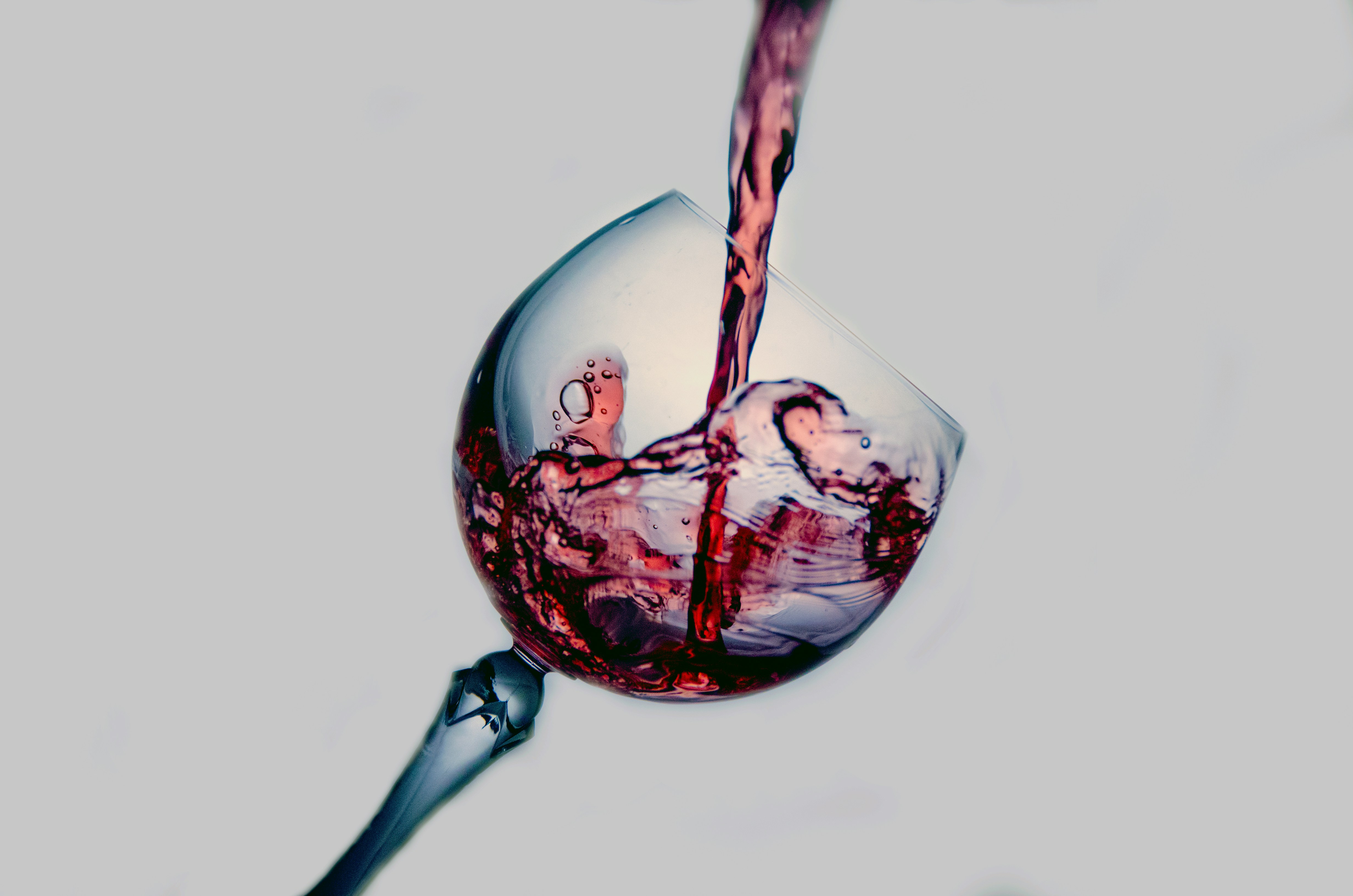
Photo by Terry Vlisidis on Unsplash
Key Takeaways
- Canadians love wine! Over the past few years, sales on premium wines have superseded sales of craft beer (Rose, 2023), and sales for all kinds of wine have continued to climb (Statista, 2022, p. 25).
- British Columbia is home to more wineries than any other province. The closest competitor is Ontario, home to 185 wineries compared to BC’s 245 in 2023 (Statista, 2022, p. 15).
- Climate change is a leading threat for the wine industry in British Columbia. Cold fronts and wildfires are among the biggest challenges, posing issues for many aspects of the industry like grape growing and tourism (Fast, 2023).
Industry Performance Snapshot
- British Columbians had one of the highest shares of alcohol sales per person in all of Canada in 2021/2022, coming in at a whopping $919 per person of legal age (2023, Statistics Canada).
- The COVID-19 pandemic sparked some turbulence for industries related to alcohol, first increasing at-home consumption of alcohol before seeing sales start to decline with the return to on-site work coupled with a rise in inflation. Although beer is expected to follow in this downturn, a report from IBIS World (2023) projects that over the next few years people will continue to spend money on wine–and potentially pay more for it as “premiumization” gains traction.
Industry Outlook
- Sparkling wine sales have been on the rise, reaching a total $539 million dollars in sales in 2022, with $75 million in sales coming from Canadian products (Satista, 2022, p. 31). While red wine sales have taken a slight dip in 2022, they remain the leaders in both total wine sales (at $3.16 billion) and sales of domestic products (at $1.12 billion) (p. 29).
- The Government of Canada recognized “[the] growth of Canada’s wine sector [as] a major success story, providing business opportunities for grape growers and wine makers, while contributing to the economic vitality of rural communities” (Agriculture and Agri-Food Canada, 2022). To support wineries in the wake of challenges like wildfires, they announced a temporary program to provide “up to $166.2 million over 2 years” (Wine Sector Support Program, n.d.).
- In addition to climate-related challenges, BC’s vineyards have faced grapevine viruses. A report from British Columbia’s Wine Grape Council noted that the combination of these events “pose a major challenge to the industry’s ability to meet demand going forward,” noting that “[in] 2022, the volume of 100% BC wine sold on the market exceeded the estimated volume of wine released to market by 4.3 million litres” (Snoek & Elbourne, 2023, p. 7).
Industry Trends and Challenges
Sustainability and localism identified as key trends in the wine industry. A report from the World Advertising Research Centre suggests that these are “deeper currents that marketers can mine,” pointing to examples where domestic wines are seeing increased sales and examples of current sustainability efforts (World Advertising Research Centre, 2022).
The past few years have seen massive setbacks for the wine industry, largely fuelled by the climate. Wines of British Columbia note that in 2023, “45% of total plant acreage suffered long-term damage” and “29% of total acreage needs to be replanted,” which has resulted in a combined loss of over $230 million in direct and indirect revenue (2023).
Sources
-
Agriculture and Agri-Food Canada. (2022, June 29). Government of Canada launches new support program for Canada’s wine sector. Government of Canada. Retrieved from https://www.canada.ca/en/agriculture-agri-food/news/2022/06/government-of-canada-launches-new-support-program-for-canadas-wine-sector.html
-
IBIS World. (2023, October). Canada Business Environment Profiles Report CA620: Per capita alcohol consumption. Retrieved from https://my.ibisworld.com/ca/en/business-environment-profiles/ca620/business-environment-profile
-
Fast, T. (2023, March 7). Climate change, tourism top of mind for B.C. wine industry. Global News. Retrieved from https://globalnews.ca/news/9535364/climate-change-tourism-top-of-mind-for-b-c-wine-industry/
-
Rose, A. (2023, July). Beer, Wine & Liquor Stores in Canada: Industry Report 44531CA. IBIS World. Retrieved from https://my.ibisworld.com/ca/en/industry/44531ca/at-a-glance
-
Snoek, J., & Elbourne, L. (2023, August). An Opportunities Assessment for the BC Grape and Wine Industry. British Columbia Wine and Grape Council. Retrieved from https://drive.google.com/drive/folders/1l7fwCwzEgz6A_8zBYfg51vkdhtwTVRM-
-
Statista. (2022, October). Wine Market in Canada: Statistics report on the wine market in Canada. Retrieved from https://www-statista-com.eu1.proxy.openathens.net/study/36614/wine-market-in-canada-statista-dossier/
-
Statistics Canada. (2023, February 24). Alcohol and cannabis sales in Canada, April 2021 to March 2022. Retrieved from https://www150.statcan.gc.ca/n1/pub/11-627-m/11-627-m2023018-eng.htm
-
Wines of BC. (2023, June 23). BC’s wine grape crop devastated by recent climate change disaster. Retrieved from https://winebc.com/industry/media_releases/bcs-wine-grape-crop-devastated-by-recent-climate-change-disaster/
-
“Wine Sector Support Program.” (n.d.). Government of Canada. Retrieved from https://agriculture.canada.ca/en/programs/wine-sector-support
- World Advertising Research Centre. (2022, May 3). Trends in wine trade reflect sustainability, localism, DTC. Retrieved from https://www.warc.com/content/feed/trends-in-wine-trade-reflect-sustainability-localism-dtc/6667



